As an Amazon Associate, I earn from qualifying purchases.
Learn how to make the best Eco-Friendly Homemade All-Purpose Cleaner! This non-toxic all-purpose cleaner uses vinegar and essential oils to help you clean your house without harsh chemicals.
I think I may cook too much. I know for certain I clean my counters approximately 32,810 times per day. Give or take.
At the rate I wipe down my hideous white speckled formica (<— just typing that makes me puke in my mouth a little) I would burn through $5 worth of cleaners in a week.
Making my own all-purpose cleaner has saved me a ton of money over the years. It is amazing how only a few simple ingredients already in your pantry can clean so much, and save you boatloads of cash.
This homemade eco-friendly cleaner works like a charm and smells great to boot.
And just like my Homemade Dusting Spray and Furniture Polish, this non-toxic all-purpose cleaner is safe to use around kiddos and pets.
Check out how I use this vinegar all-purpose cleaner in this post on a Cleaning Schedule for Working Moms.
What’s in All-Purpose Cleaner?
This recipe includes:
- Vinegar – white and cheap
- Essential oils (don’t worry, I don’t sell them)
- Dish soap – use your favorite
If you’re interested in the bottle I use, it is this one from Amazon. You can also use any clean empty bottle that you have hanging around the house.
Essential Oils for Cleaning
I need to make clear that I don’t sell essential oils. I don’t think they can cure cancer or solve the world’s problems.
But I do think that essential oils have wonderful cleaning properties and allow you to personalize how this all-purpose spray smells.
I personally buy and use the brand Plant Therapy because they’re not an MLM, you don’t have to be a member to buy them from their site (plus they qualify for ebates), and I can purchase them from Amazon.
Personally, I have a thing for citrus (mix of sweet orange, lemon, and grapefruit), lemongrass, or peppermint.
Tea Tree oil has great anti-bacterial qualities, but I can’t get past the fact that it smells like Sasquatch’s sweaty balls.
A lightly-scented essential oil won’t be great for masking the vinegar smell. But maybe you don’t want to use oils or don’t have any on hand. That’s ok too.
The vinegar scent will dissipate about 10 minutes after you use it.
If you have asthma or other issues that make you sensitive to scents or essential oils, consult your doctor prior to using any.
How to Make Homemade Eco-Friendly All-Purpose Cleaner
*A detailed (i.e., measurements) and printable recipe card is available at the bottom of this post.
Making this homemade all-purpose cleaner couldn’t be easier. Can you add things to a bottle? Great! You’re done.
Fill half of your bottle with water, and half with vinegar.
Add 10-20 drops of dish soap in. Pro tip: make sure you add the dish soap after the water and vinegar so that the bottle doesn’t get sudsy when more liquids are added.
Then put as many drops of essential oils (I usually use about 10-30ish depending on the scent) as you’d like on top of the dish soap. Shake, and use as needed. That’s it!
How to Use Homemade All-Purpose Cleaner
We use this vinegar all-purpose cleaner for almost every surface in the house except our wood floors (we use a Boma mop for those). It’s great for kitchens, door handles, light switches, banisters, and bathrooms.
Pro tip: use peppermint essential oil for bathrooms, especially if you have male children (like me!). Seriously, what’s wrong with boys? The peppermint scent is strong without being overwhelming and smells fresh and clean.
This eco-friendly homemade all-purpose cleaner is great on most surfaces. However, I wouldn’t use it on marble, and you would want to do a few test spots on granite. As with anything, check with your manufacturer for guidance.
I do know however, it works fabulously on ugly Formica!
How to Reduce Waste While Cleaning
If you’re making a homemade all-purpose cleaner to be eco-friendly, you probably don’t want to then use paper towels for your cleaning.
Every year I invest in terrycloth washcloths from Target. I buy them all in the same color and they live in a drawer in my kitchen. I use them for cleaning up kitchen messes and wiping down counters.
I keep a rag bin in my kitchen and toss them in after a few uses. The rag bin contents get washed with bath towels every two days.
After a year, I buy more washcloths in another color and move the old ones to my stash of junkier cleaning towels.
The older cleaning towels are kept with the rest of the cleaning supplies in the basement and are used for bathrooms. Pro tip: never use kitchen towels to clean bathrooms!
More DIY Recipes Like This
- Homemade Laundry Soap
- How to Remove Rust From Cast Iron
- Homemade Dusting Spray and Furniture Polish
- Natural Homemade Deodorant Recipe
- Homemade Vicks Soother Tablets
- How to Make Lip Balm
- Lotion Bar Recipe
More Eco-Friendly Zero-Waste Posts You’ll Love
Zero Waste Food Storage Ideas
10 Baby Steps Anyone Can Take to Reduce Waste
Easy Healthy Meal Prep
Zero Waste Produce and Bulk Bin Shopping Bags
Eco-Friendly Homemade All-Purpose Cleaner
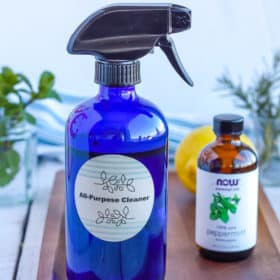
Ingredients
- white vinegar
- water
- 10-20 drops dish soap
- 10-15 drops essential oils
Instructions
- Fill half of your bottle with water, and half with vinegar.
- Add 10-20 drops of dish soap in.
- Add as many drops of essential oils as you'd like on top of the dish soap (typically 10-30 depending on the scent of oil).
- Shake, and use as needed.
Notes

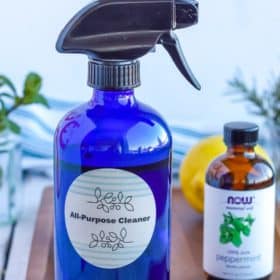
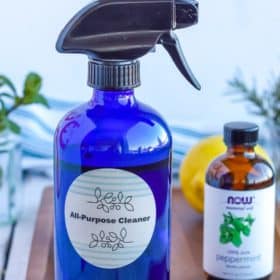
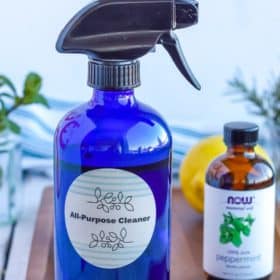
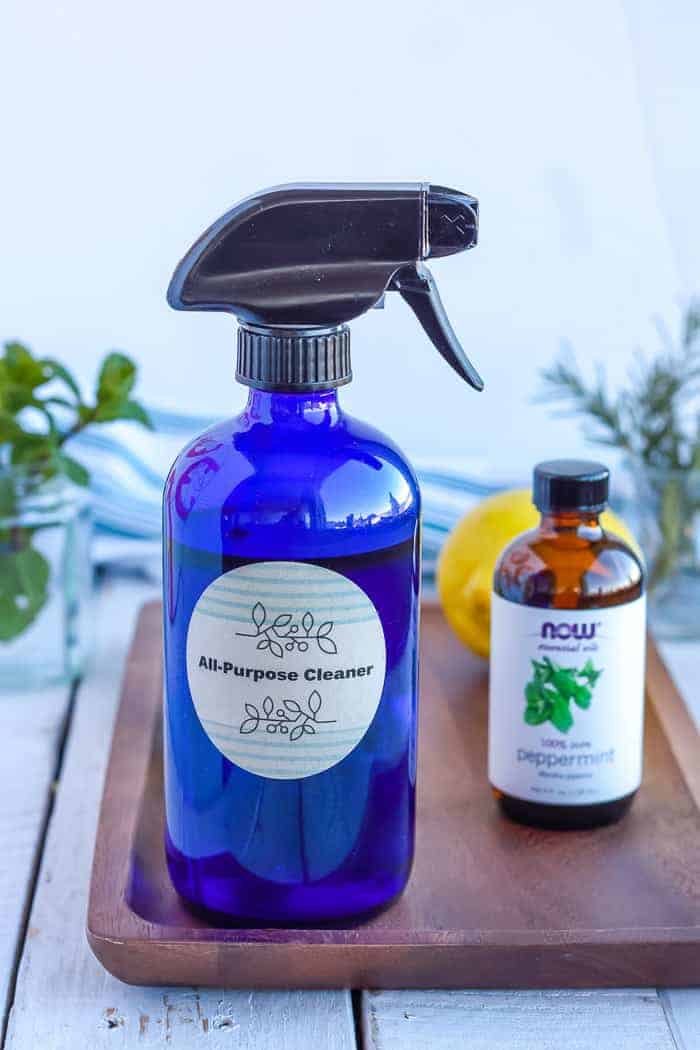
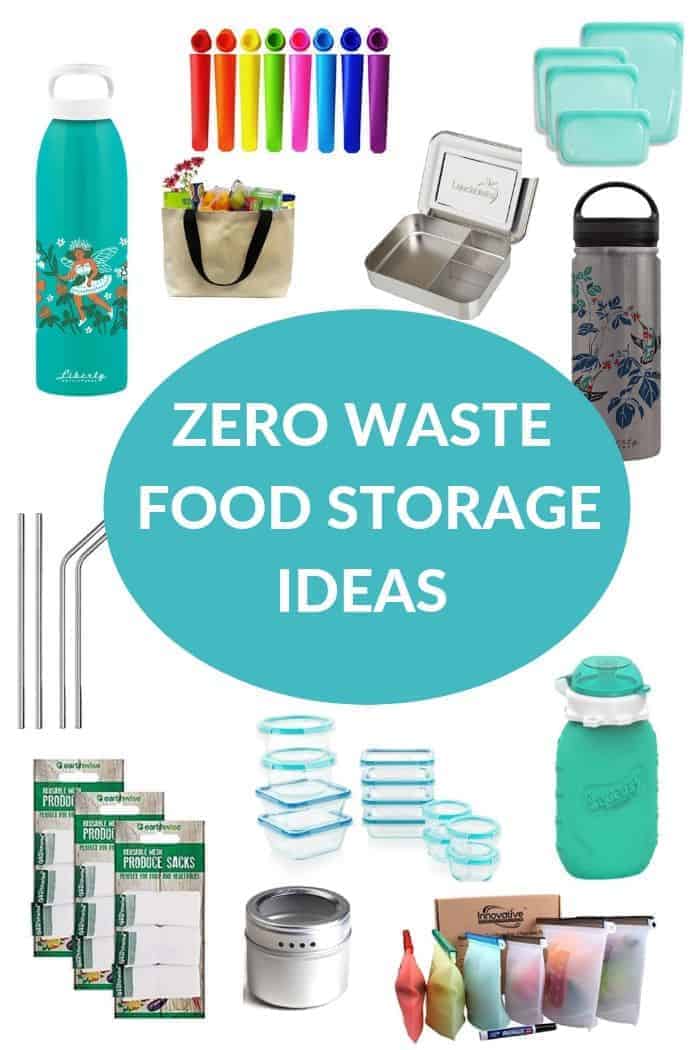
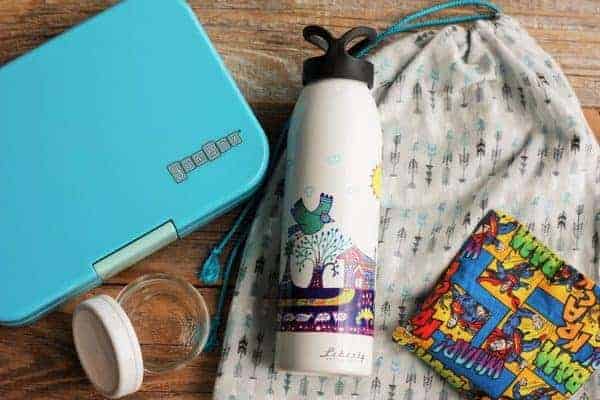
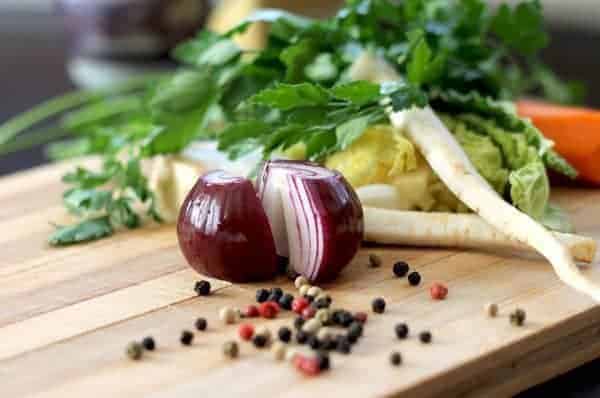
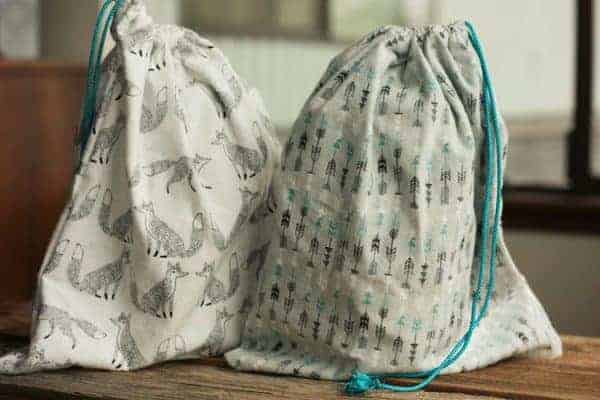
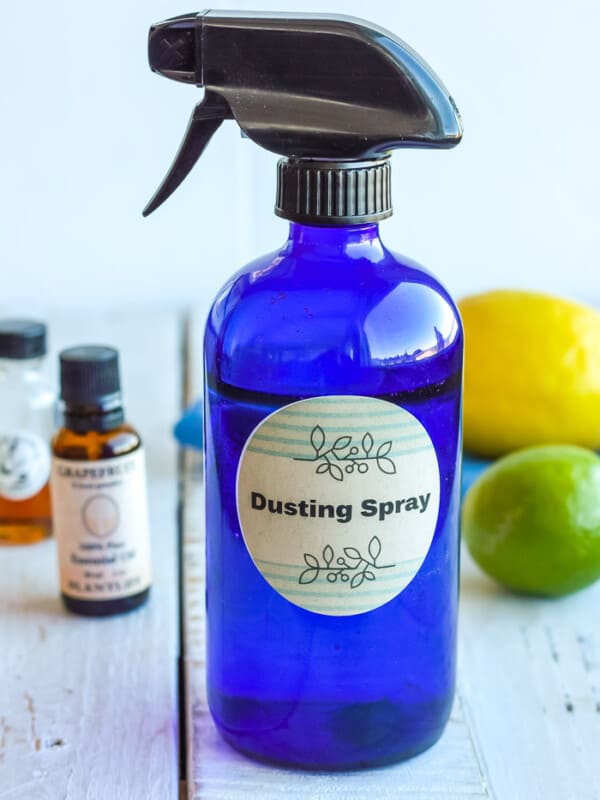
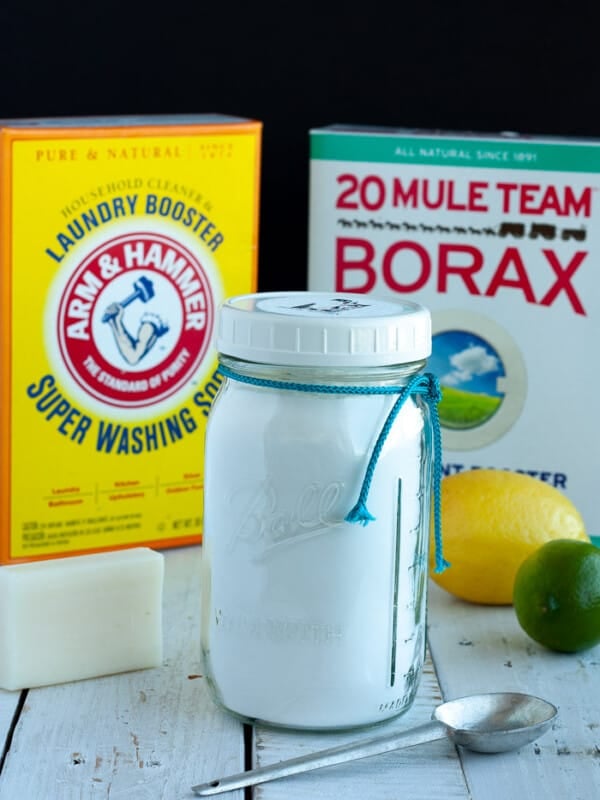
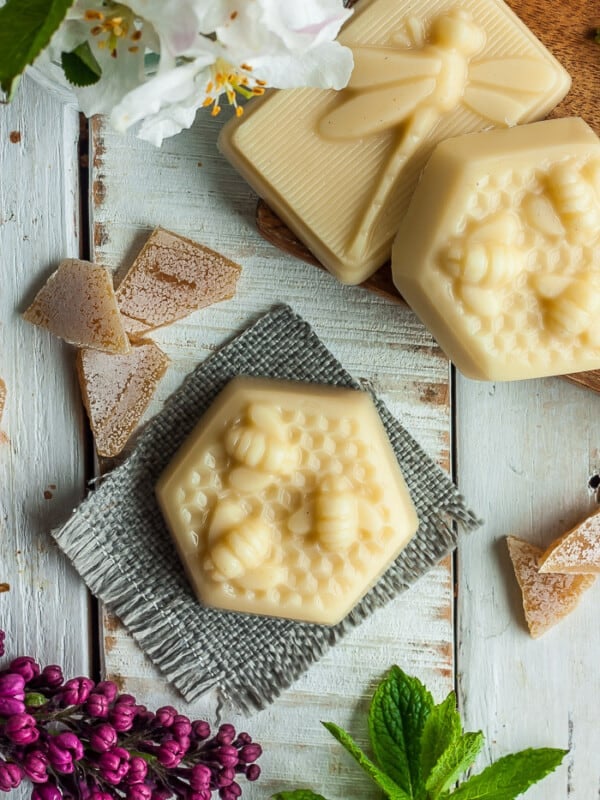
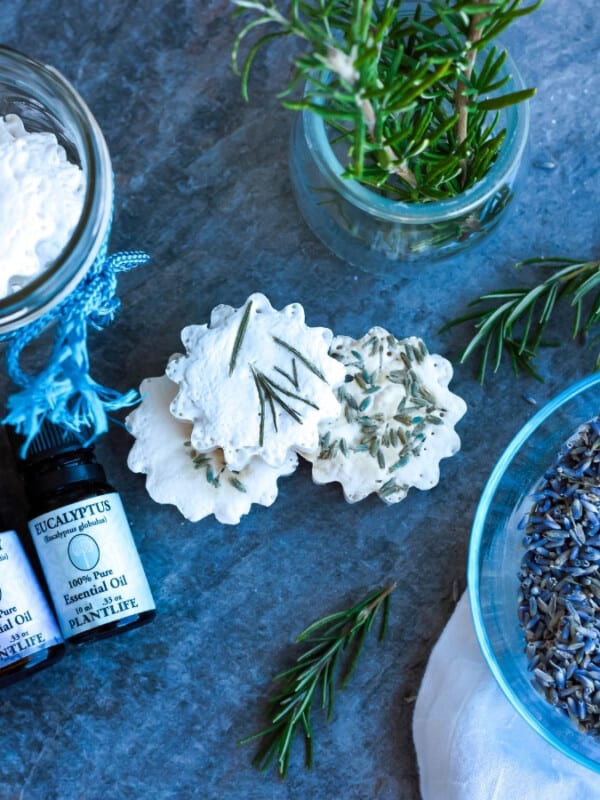
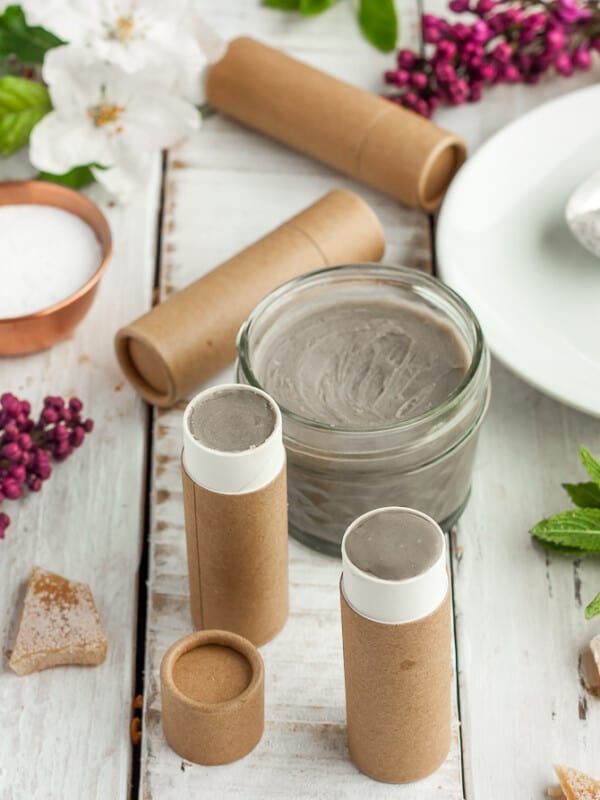






Do you think this would work on stainless appliances? Or would you like to come up with an eco/budget friendly stainless steel appliance cleaner?!? Pretty olease
I use it on our fridge all the time…but our fridge has that fingerprint-free coating. Do you mean something to get fingerprints off?
My sister uses her version of this cleaner on all her appliances and her fridge does show fingerprints.
Sarah! We are having a debate in my house about sponges versus rags for dish washing. Can you please help me settle this madness? And do share if there’s a product you love.
Thank you!
Betsy
Sponges are disease-ridden germ orgies! But I don’t think rags are effective either.
We use a refillable OXO dish brush thingy for hand washing dishes (except anything with raw meat). We put it in the dishwasher every few days. It’s this one: https://www.amazon.com/gp/product/B00004OCLK?ie=UTF8&tag=thisb02-20&camp=1789&linkCode=xm2&creativeASIN=B00004OCLK
We also have another OXO (never realized how many of these products I have!) scrubbing brush that we use for gunked on food. And every other day I add a squirt of dish soap to the sink and give it a scrub and then put the brush in the dishwasher to get cleaned. If raw meat ever touches the sink, the sink gets sanitized with dish soap and the brush and the brush gets immediately put in the dishwasher.
That scrub brush is this one (and we’ve had it for 7 years!!): https://www.amazon.com/gp/product/B00004OCIZ?ie=UTF8&tag=thisb02-20&camp=1789&linkCode=xm2&creativeASIN=B00004OCIZ
If someone insists on using sponges, I would microwave them once a day for 90 seconds, and run them through the dishwasher. But I still just don’t think they are ever sanitized.
Yay. Thank you!!!!!
When we moved into our house, our real estate agent gave me the best thing ever. It’s our first house and I was a bit nervous about having granite counter tops. She gave me a recipe for a cleaner and a bottle of it she had made with our name and address on it along with a few more microfiber cloths. It’s been almost 10 years and our counters still look brand new. It’s one part water to one part rubbing alcohol with a few drops of dishwashing liquid. It’s fab.
That’s awesome!
If you order directly from Plant Therapy it’s still free shipping and returns. Twice a year they run sales. You get points for each purchase you turn into $ off and still use ebates or befrugal.com
saaaaweet!
Hello, thanks for providing this recipe! Is there a need to add baking soda? I know it can be whitening in large proportions, but with the lemon juice & vinegar, isn’t that enough?
Do you mean add it to the container? The baking soda would react to the vinegar in the bottle and cause a huge mess.
If you wanted to add baking soda to say a toilet bowl and spray some of this in there that would be fine. But the acid + base = explosion!
Love this
So wait. Are you trying to say my countertops – white and speckly Formica beauties are not amazing? Ha.
I just placed an order for some essential oils – hoping to see some change using them!
I use this cleaner a lot. I used lemon essential oil though – it was all I had on hand.
I’m sure yours are *stunning*! 🙂 If you can believe it, our counters are actually the improved version. When my parents bought this house the kitchen had orange speckled formica.